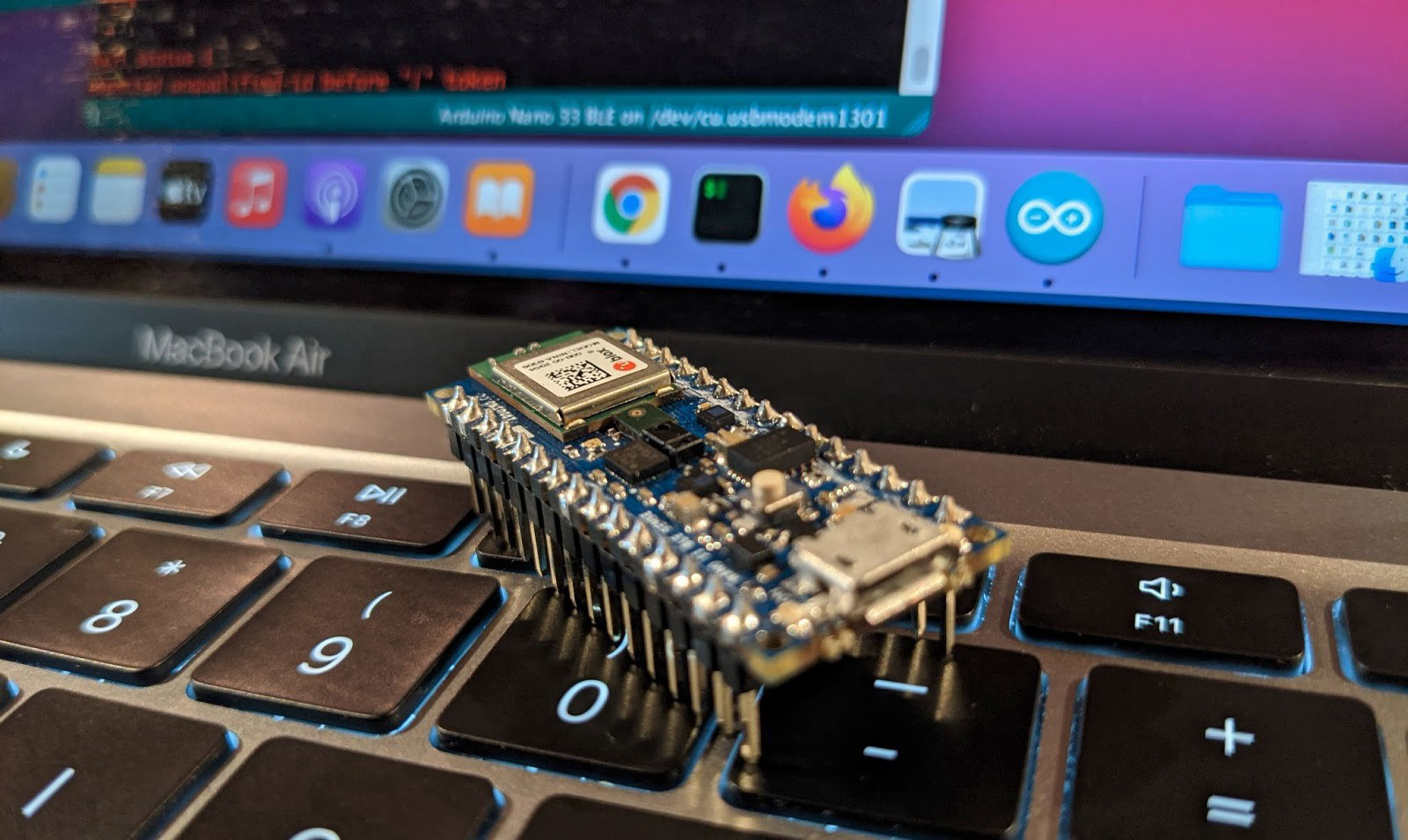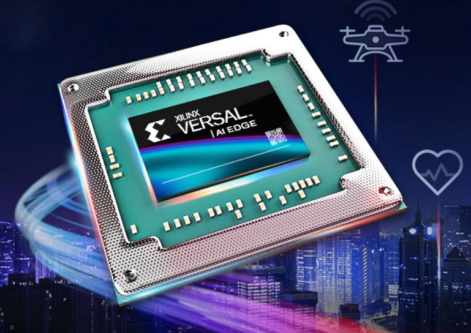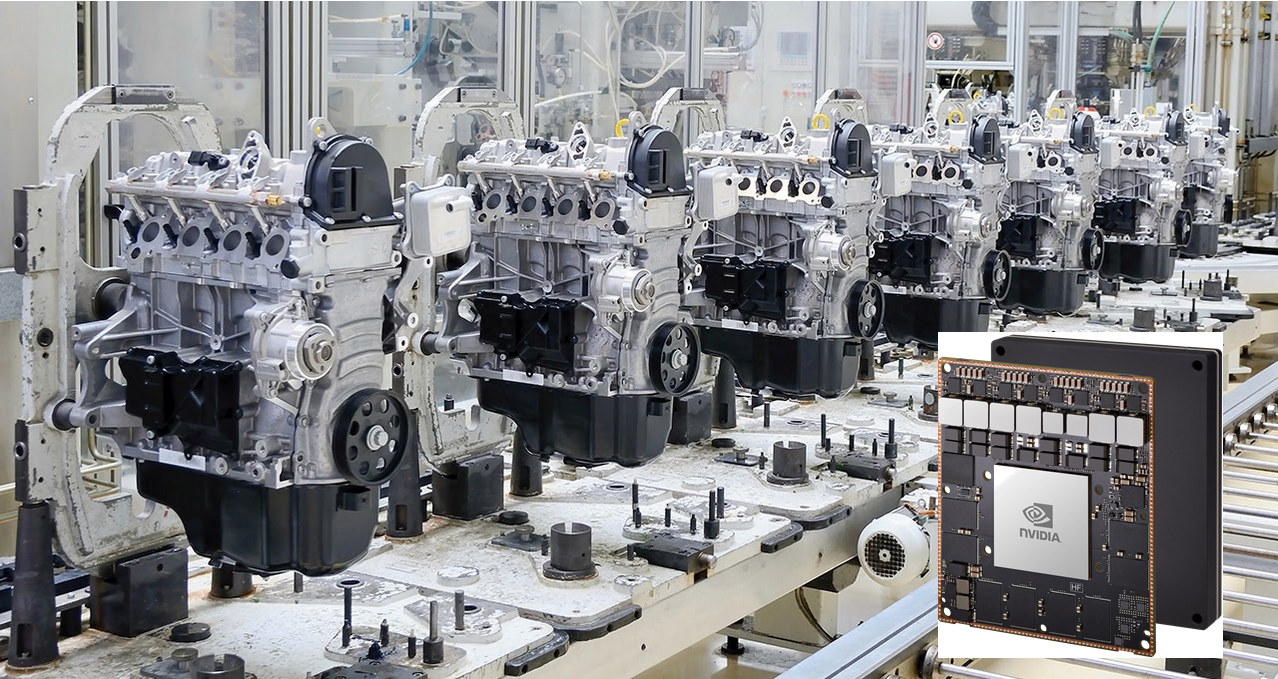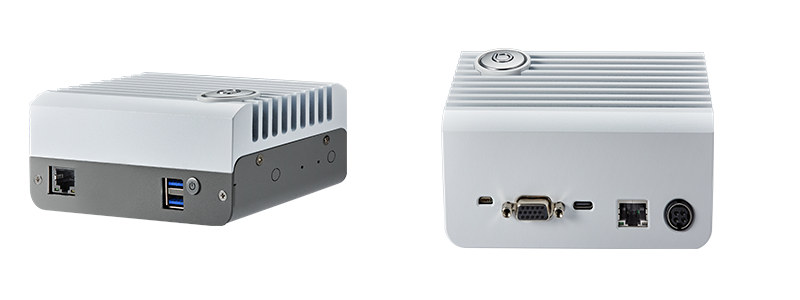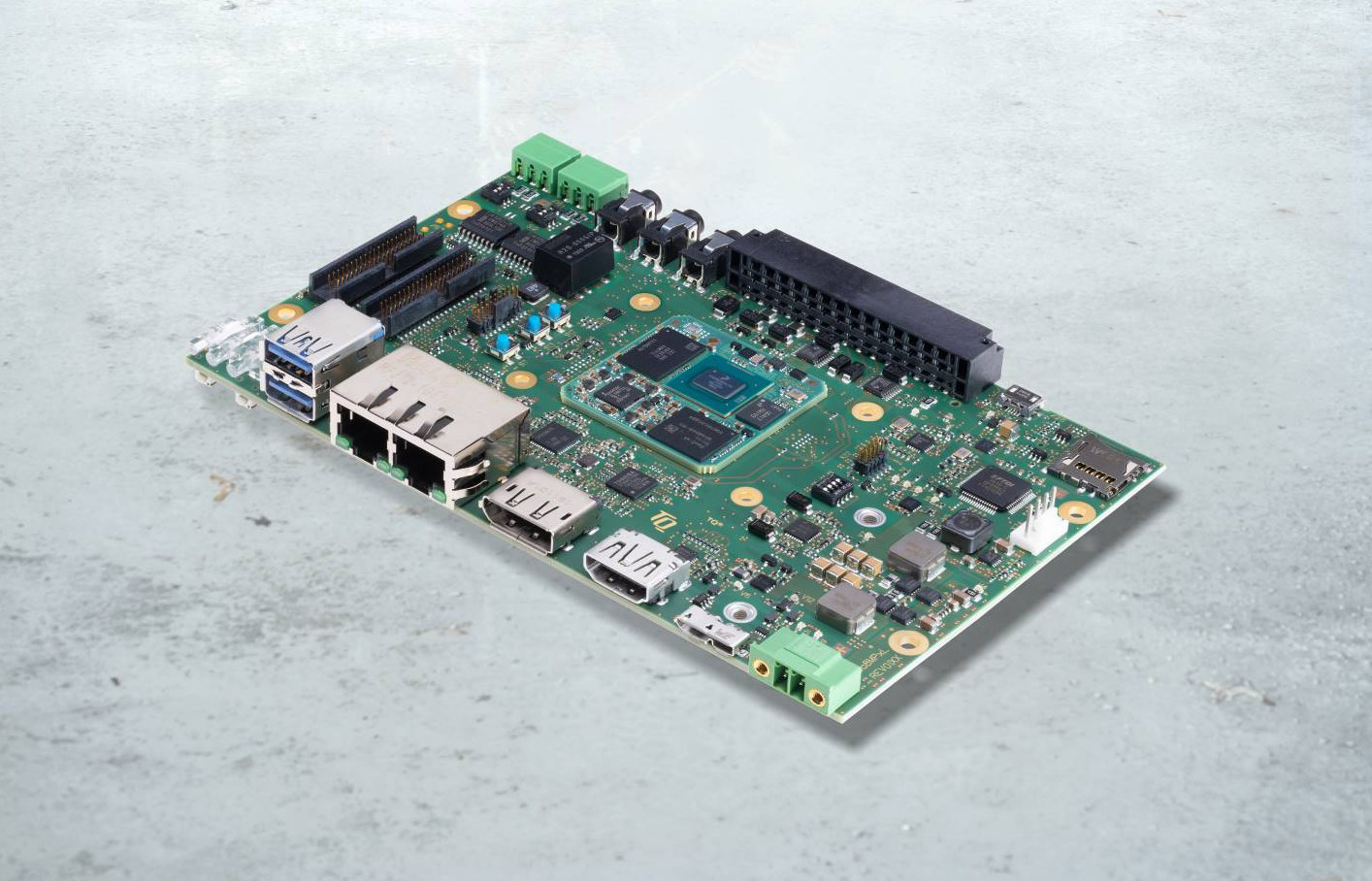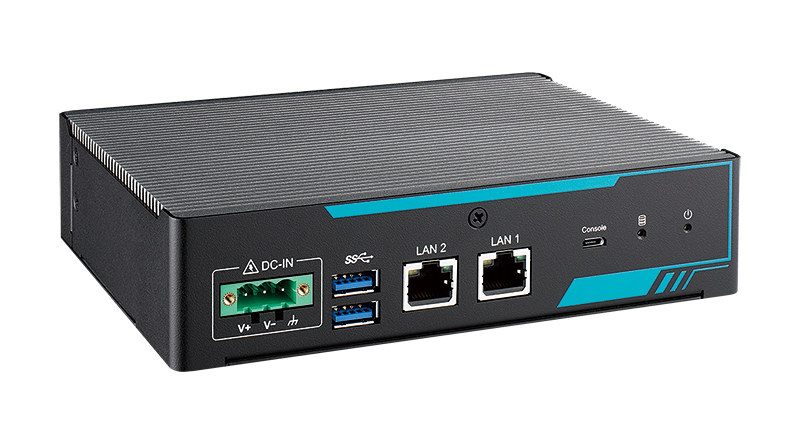Sometimes hardware blocks got to work on tasks they were not initially designed to handle. For example, AI inference used to be mostly offloaded to the GPU before neural network accelerators became more common in SoC’s. Qualcomm AI Research has now showcased a software-based neural video decoder that leverages both the CPU and AI engine in Snapdragon 888 processor to decode a 1280×704 HD video at over 30 fps without any help from the video decoding unit. The neural video decoder is still a work in progress as it only supports intra frame decoding, and inter frame decoding is being worked on. That means each frame is currently decoded independently without taking into account small changes between frames as all other video codecs do. The CPU handles parallel entropy decoding while the decoder network is accelerated on the 6th generation Qualcomm AI Engine found in Snapdragon 888 mobile platform. This […]
Picovoice offline Voice AI engine now works on Arduino
Last year, I wrote about Picovoice support for Raspberry Pi enabling custom wake-word and offline voice recognition to control the board with voice commands without relying on the cloud. They used ReSpeaker 4-mic array HAT to add four “ears” to the Raspberry Pi SBC. I also tried to generate a custom wake-word using the “Picovoice Console” web interface, and I was able to use “Dear Master” within a few minutes on my computer. No need to provide thousands of samples, or wait weeks before getting a custom wake-word. It’s free for personal projects. But the company has now added Picovoice to Arduino, or more exactly Arduino Nano 33 BLE Sense powered by a Nordic Semi nRF52480 Arm Cortex-M4F microcontroller, and already equipped with a digital microphone, so no additional hardware is required for audio capture. To get started, you’d just need to install the Picovoice Arduino library, load the sample […]
Modelplace.AI is an app store for OpenCV compatible AI models
OpenCV open-source computer vision library is used in a wide variety of projects and products, and last year, the community also launched the OpenCV AI Kit (OAK) Myriad X-based hardware solution for computer vision. However there’s a learning curve to use the library, especially in combination with artificial intelligence models, and it can be challenging and time-consuming to newcomers. So in order to broaden the reach of the solution, OpenCV has now introduced Modelplace.AI, an app store/marketplace for AI models working with the OpenCV library. The AI model marketplace is a store and try-before-you-buy service for artificial intelligence models, many of which are certified to work with the OpenCV AI Kit. There are currently over 40 models for detection (e.g. person, pedestrian…), classification, segmentation (e.g. extraction of objects from a scene), pose estimation, people counting, text detection, tracking, and more. Right now all models are free, but developers will be […]
Xilinx announces Versal AI Edge Series with Cortex-A72 & R5 cores, FPGA fabric
Edge AI solves the latency and security issues through on-device AI acceleration for optimal computations at a low power supply. Xilinx announces its Versal AI Edge Series which is 4th member of the Adaptive Compute Acceleration Platform (ACAP) family. The versal series consists of seven models ranging from VE2002 to VE2802 with the processor fabrication on 7 nm silicon technology. Talking more about ACAP, it is a platform that provides a combined essence of a processor and FPGA. The processing features efficient memory and I/Os, whereas programmable arrays allow logical control over the hardware. Also, as Xilinx specializes in FPGA products, the additional support of computational features makes the ACAP hardware even more flexible and dynamic. The Versal AI Edge series features different types of engines for specific functionalities in terms of adaptable, scalar, and intelligent engines. The seven processor models vary with respect to engine and platform specifications. However, […]
NVIDIA Jetson AGX Xavier Industrial module adds lockstep Cortex-R5 cluster, ECC RAM, and more
NVIDIA Jetson AGX Xavier is the most powerful module from the Jetson family packing 32 TOPS of AI inference performance. But with some customers wanting to use the embedded AI computer in harsher conditions, the company has now introduced a rugged version of the module with NVIDIA Jetson AGX Xavier Industrial. Some changes included a slightly lower performance (30 TOPS) to cater for an expanded temperature range, a dual-core Cortex-R5 cluster in lockstep, ECC memory, and compliance with shock and vibration standards. NVIDIA Jetson AGX Xavier Industrial specifications with bold highlights showing differences / new features: CPU – 8-core NVIDIA Carmel Arm v8.2 64-bit CPU with 8MB L2 + 4MB L3 GPU – NVIDIA Volta architecture with 512 NVIDIA CUDA cores and 64 Tensor cores for up to 20 TOPS (INT8) (Note: the standard version support 22 TOPS) DL Accelerator – 2x NVDLA accelerators for up to 10 TOPS (INT8) […]
Aetina DeviceEdge Mini Edge AI computers support NVIDIA Jetson SO-DIMM modules
NVIDIA Jetson modules offer a wide range of AI performance starting from the entry-level 492 GFLOPS Jetson Nano module up to the 32 TOPS Jetson AGX Xavier platform. That’s probably Aetina decided to offer its DeviceEdge Mini AI edge solution with either Jetson Xavier NX, Jetson Nano, or Jetson TX2 NX pin-compatible SO-DIMM modules designed for applications in smart transportation, factories, retail, healthcare, AIoT, robotics, etc… The three models M1, M2, and M3 can all take the Jetson modules listed above, and come in a very similar form factor with the following key features: Common features: Storage – 128GB M.2 NVMe SSD (default) Video Output – Micro HDMI 1.4 connector Networking – Gigabit Ethernet RJ45 port, optional WiFi/Bluetooth M.2 module USB – 1x USB Type-C OTG only port Expansion 1x M.2 2242 M-key socket fitted with NVMe SSD 1x M.2 2230 E-key socket for optional Wifi/BT function 1x DB15 male […]
TQ unveils i.MX 8M Plus LGA module and evaluation single board computer
We’ve seen plenty of systems-on-module based on NXP i.MX 8M Plus AI processor announced at Embedded World 2021 either with edge or board-to-board connectors. TQ TQMa8MPxL is a bit different as an i.MX 8M Plus LGA (Land Grid Array) system-on-module meant to be soldered on a carrier board. The company also took the occasion to unveil STKa8MPxL evaluation kit based on TQMa8MxML in single board computer format to demonstrate its new LGA module. TQMa8MPxL i.MX 8M Plus LGA module Specifications: SoC – NXP i.MX 8M Plus “Quad 8 ML/AI”, “Quad 6 Video”, or “Quad 4 Lite” processor with four Cortex-A53 cores, one Cortex-M7 core, Vivante GPU, video encoder/decoder, HiFi4 audio DSP, and 2.3 TOPS AI accelertor System Memory – Up to 4 GB LPDDR4 Storage – Up to 256 MB (MBytes)Quad SPI NOR flash, up to 256 GB eMMC flash, optional EEPROM up to 64 Kbit 362-pin LGA with Storage […]
Edge AI system combines Foxconn FXN3102 Arm SoC with Hailo-8 or Lightspeeur 2801S AI accelerator
Did you know Foxconn makes processors now? Well, they do, or at least can pretend they do to as we’ll see below. Foxconn FXN3102 24-core Arm Cortex-A53 processor is found in Vecow VAC-1000, a compact Edge AI computing system, that also features either an Hailo-8 AI accelerator or Gyrfalcon Lightspeeur 2801S NPU. The Ubuntu 18.04 server system also comes with up to 16GB DDR4-2133 memory, optional NX Witness VMS (Video Management System) supported, and targets intelligent surveillance applications such as public surveillance or traffic monitoring, as well as smart retail, factory automation, and any other AIoT/Industry 4.0 applications. Vecow VAC-1000 specifications: SoC – Foxconn FXN3102 24-core Arm Cortex-A53 processor @ up to 1.0 GHz System Memory – 8GB or 16GB DDR4 2133MHz ECC SO-DIMM Storage 64GB eMMC flash, 512MB SPI Flash, up to 512KB EEPROM 1x SATA III port up to 6 Gbps 1x M.2 2280 Key M socket for […]



